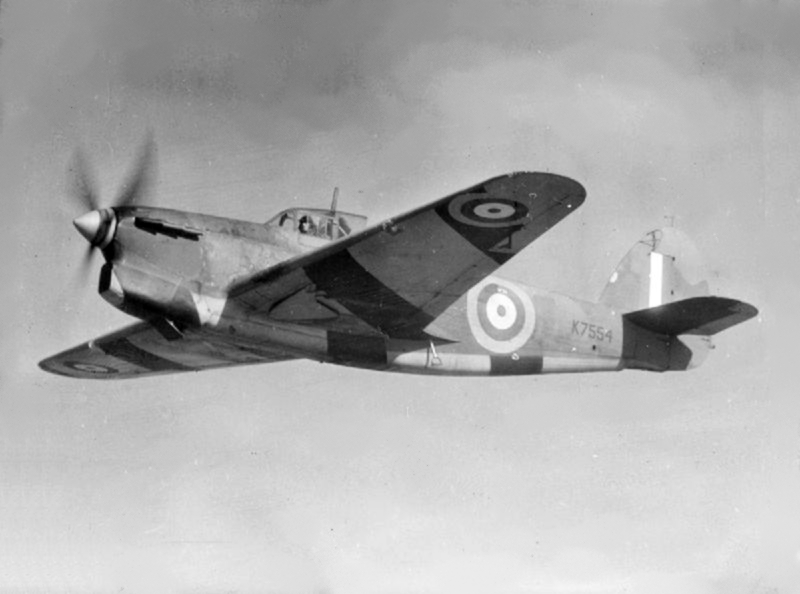Let's suppose for a moment that instead of ordering what became the Fairey Fulmar as its Skua replacement the FAA instead opts for a navalised Hawker Henley. Obviously it will need catapult points, a tail hook and folding wings which will affect its performance but I would still expect it to be similar to the target tug version used by the RAF. Not being obsessed with strategic bombing I would expect the FAA to want dive brakes, a bomb crutch and a proper dive bombing sight as well as the needed eight machine guns. It would need to be subcontracted out but Fairey's facilities are available for that.
https://en.wikipedia.org/wiki/Hawker_Henley
The Fulmar was a navalised Fairey P.4/34.
According to Wikipaedia the Fairey P.4/34 had a top speed of 283mph with a Merlin engine producing 1,030hp. It's empty weight was 6,405lb and its loaded weight was 8,787lb.
According to the Putnams British Naval Aircraft Since 1912 the Fulmar had a top speed of 246mph with a Merlin engine producing 1,035hp. In spite of the extra 5 horsepower it was considerably slower at 246mph. This could have been because it was considerably heavier than the Fairey P.4/34. It's empty weight was 7,560lb and its loaded weight was 10,700lb.
The Hawker P.4/34, later known as the Henley was built to the same specification as the Fairey P.4/34 (i.e. Spec. P.4/34) which was developed into the Fairey Fulmar (to Spec. O.8/38).
According to Putmans Aircraft of the Royal Air Force Since 1918 the Henley Mk I had a top speed of 272mph (11mph slower than the Fairey P.4/34) with a Merlin engine producing 1,030hp. Its weights were similar at 6,010lb empty and 8,480lb loaded.
To summarise the Fulmar was 37mph slower than the Fairey P.4/34 from which it was developed because of the increases in weight. Therefore, I'd expect a similar reduction in speed if the Hawker P.4/34 was navalised, that is from 272mph to about 235mph, which is 11mph slower than the Fulmar. Also we don't know if folding wings could be incorporated into a navalised Henley, but we do know that the wings on a Fulmar did fold. Therefore, as well as having the inferior performance to the Fulmar a navalaised Hawker P.4/34 might take up more deck space.
The Hawker Henley was built by Gloster instead of Hawker. Had it built 800 navalised Henleys IOTL instead of the 800 Fulmars built IOTL it would have had to reduce the number of Hurricanes that it built IOTL from 2,750 to 1,950. That might mean fewer Sea Hurricanes for the FAA.
If Fairey doesn't have to build 800 Fulmars it can complete its contracts for Swordfish and Albacores sooner, which might allow the FAA to deploy more of them 1940-41. Completing the Swordfish and Albacore contracts sooner would allow the Barracuda and Firefly to be put into production sooner. However, they might not be ready to be put into production any earlier than OTL. E.g. the Griffon engine might not be available any earlier for the Fairey Firefly.
So to conclude a navalised Hawker P.4/34 (Sea Henley) would have been no better than the navalised Fairey P.4/34 (Fulmar). If anything it would have been worse.


